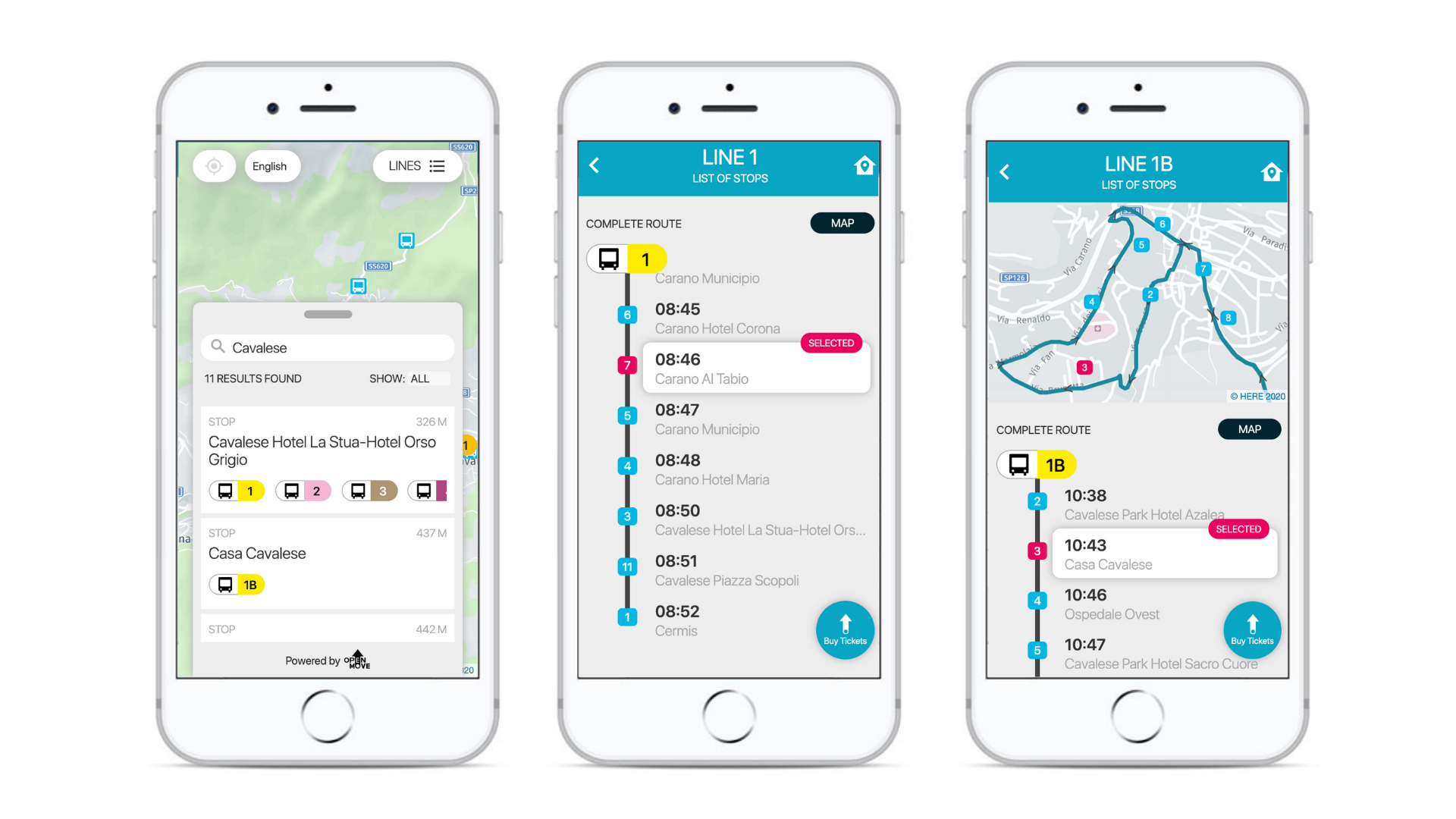When it comes to information systems for public transportation, past practices and legacy solutions lead us to think about:
- Major investments in hardware infrastructure
- Solutions within reach of only the largest PT providers
- Years of development, deployment and implementation
All this was true until about ten years ago, because technology and suppliers basically left no room for alternatives. The paradigm yielded one choice only:
- On premise solutions
- Dedicated hardware to be installed on vehicles (validators, people counters, GPS on-board units …)
- High capital expenditures
- Lengthy deployments
Nowadays, a new paradigm is emerging and some companies including OpenMove are championing these flagships of innovation and pushing the potential of the following enabling elements that current technology offers:
- Mobile
- Cloud
- Reliable low cost connectivity
- High performance off-the-shelf devices
- Rapid and immediately beneficial deployments
In this post we talk about an interesting case study – namely tourist mobility in Val di Fiemme, one of the largest and most important ski areas in the entire Alpine arc – which has equipped itself with a transport infrastructure over its 14 lines and 77 stops for the benefit of tourists in the area.
Like most, this transportation ecosystem had partial and obsolete technological solutions. The provider therefore had the need and the desire and commitment to start from scratch with a complete and reformed digital solution. It was therefore possible to implement an end-to-end system without integration with third party systems, leaving aside constraints, dependencies on third party suppliers and legacy technology.
What were the customers requirements?
Let’s keep in mind that the purpose of an information system, as the name suggests, is ultimately to make the input data available in a timely and accurate fashion to provide valuable output information. In particular, towards two types of stakeholders:
- Information to travelers, both static (e.g. scheduled trips and timetables) and dynamic (e.g. location of vehicles and estimated time of arrival at the stop).
- Information for the transport manager, in particular relating to the status of the service, adherence of the trips made to the planning and occupation status of the vehicles, for reporting and service optimization.
Using sector terminology, we would say that the scope of work is the deployment of an end-to-end information system, consisting of:
- Passenger information via app
- Vehicle location system (AVL)
- People counter
- Ticketing
What are the features of this type of solution that cannot be omitted? Let’s focus on the stakeholders.
It is important to provide users with tools adequate to gain their technological confidence:
- Native white label apps (i.e. using customer’s brand) for iOS and Android, which represent the most popular mobile operating systems.
- Web app reachable on the web: nowadays, users are often not willing to install yet another app on their smartphone.
The advantage of this approach is that a responsive web app (i.e. that adapts to the screen size of the device), easily acts as an informative website and e-commerce.
For the transport company staff, it is essential to supply only one app for Android smartphones (nowadays, with a low cost you can buy devices with good performance and with a rich data plan) that performs multiple functions:
- AVL, using the smartphone’s integrated GPS.
- People counter, making an estimation of the Bluetooth devices on board (we will tell you about our experience in another dedicated post!).
- Inspection and issuing of travel tickets on paper or on smart card. In fact, let’s not forget that some users are still fond of traditional ticketing.
It is important to provide the management with an administration console with the following features:
- Real time. This is crucial for them to monitor the service and intervene by strengthening or optimizing it. We are all aware of how old and outdated data cannot give the same value of real time data in a sector such as the transport sector that relies on punctuality as a key metric.
- Business Intelligence layer with self-generating statistics, charts and maps, so as to be able to give an accurate overview and facilitate the work demands of management.
- Export for reporting, because our old friend Excel will always be utilized.
In conclusion, solutions in step with the times that exploit the best of modern technology represent the best choice for medium-small companies that do not want to make huge investments in deployment. The new paradigm that is emerging on the market is the cloud provision of services which minimize waste in dedicated hardware.




1 Comment